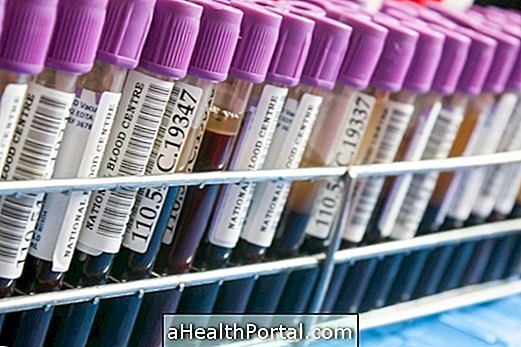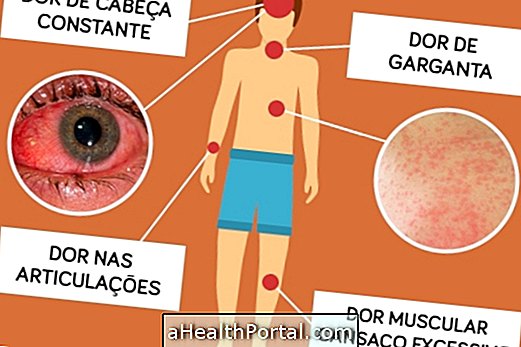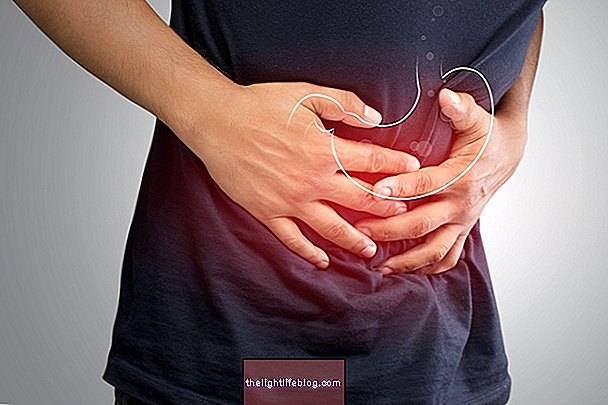The bilirubin test helps to diagnose problems in the liver, biliary tract or hemolytic anemia, for example, since bilirubin is a product of the destruction of the red blood cells and to be eliminated by the organism needs to be conjugated to a sugar in the liver and undergo the action of bile
There are two main types of bilirubin that can be measured with this test:
- Indirect or unconjugated bilirubin is the substance that forms when red blood cells are destroyed and then transported to the liver. Therefore, its concentration is higher in the blood and may be altered when there is a condition involving the red blood cells, such as hemolytic anemia, for example;
- Direct or conjugated bilirubin : corresponds to the conjugation between bilirubin and glucuronic acid, a sugar, in the liver. Direct bilirubin undergoes bile action in the intestine, being eliminated in the form of urobilinogen or stercobilinogen. Thus, the concentration of direct bilirubin is altered when there is some hepatic injury or biliary obstruction.
Bilirubin testing is required to evaluate liver function, monitor the treatment of jaundiced newborns, and evaluate diseases that may interfere with the production, storage, metabolism, or excretion of bilirubin. Usually the doctor requests total bilirubin, however laboratories also usually release the direct and indirect bilirubin dosages, since these two dosages are responsible for the total bilirubin value. See other tests that help identify liver problems.
The bilirubin test does not require preparation and is performed with a small amount of blood. However, the result of this test may be interfered with when the sample is hemolyzed, that is, when the number of erythrocytes destroyed is very large, which usually happens when the collection is not performed correctly. It is therefore important that the collection is done in a reliable laboratory and with trained professionals.
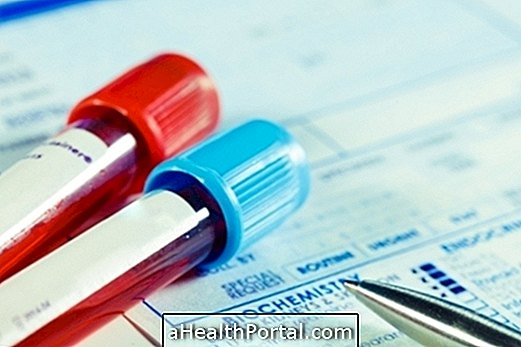
Reference values of bilirubin
Blood bilirubin reference values are:
| Type of bilirubin | Normal value |
| Direct bilirubin | up to 0.3 mg / dL |
| Indirect bilirubin | up to 0.8 mg / dL |
| Total Bilirubin | up to 1.2 mg / dL |
Some newborns may have very high bilirubin levels, which may be due to organ immaturity related to bilirubin metabolism or labor stress. The reference values of bilirubin in infants vary according to their life span, being:
- Up to 24 hours after birth: 1.4 - 8.7 mg / dL;
- Up to 48 hours after birth: 3.4 - 11.5 mg / dL;
- Between 3 and 5 days after birth: 1.5 - 12 mg / dL.
After the 6th day the reference values are the same as those of the adult. Values above the reference value indicate that the baby has jaundice, which is one of the most frequent diseases in the newborn and can be easily treated by means of phototherapy, which aims to decrease the concentration of bilirubin in the baby's body. Learn more about neonatal jaundice, causes and how treatment is done.
When to take the bilirubin test
Bilirubin testing is usually ordered by the doctor when there are symptoms of liver problems such as excessive tiredness, frequent nausea, vomiting, constant pain in the belly, dark urine or yellowing of the skin, for example.
However, this test can also be used when there is suspicion of cirrhosis, hepatitis and hemolytic anemia, for example, which causes signs such as pallor, frequent sleep, dry skin, thinning hair or nails. See other symptoms of hemolytic anemia.
The decrease in bilirubin levels are usually due to the use of some medications, however, high bilirubin levels usually indicate health problems that can be serious if left untreated.

What can be high bilirubin
The cause of increased bilirubin in the blood varies according to the type of bilirubin that is increased:
Increased indirect bilirubin
In these cases, the change in bilirubin levels is almost always caused by a change in blood, however, the main causes include:
- Hemolytic anemia;
- Pernicious anemia;
- Hemoglobinopathies;
- Blood transfusions.
In addition, there are also cases where indirect bilirubin is increased due to a syndrome, known as Gilbert syndrome, in which there is a genetic alteration that prevents the liver from properly eliminating bilirubin. Learn more about Gilbert's syndrome.
Increased direct bilirubin
When there is an increase in direct bilirubin it is usually a sign that there is a problem in the liver or biliary tract. In this way, some of the main causes include:
- Viral hepatitis;
- Alcoholic liver disease;
- Stone in the biliary tract;
- Tumors in the liver or biliary tract.
Excessive use of medicines that affect the liver, such as Paracetamol, can also lead to an increase in this type of bilirubin in the blood. Understand more about what causes increased bilirubin and jaundice in adults.

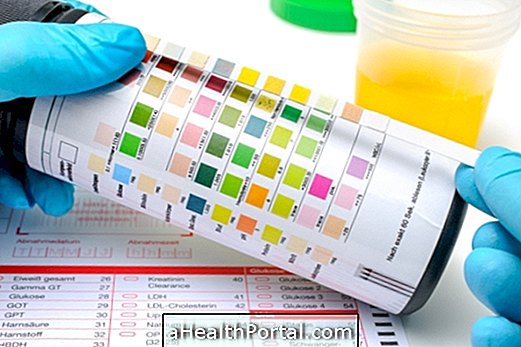
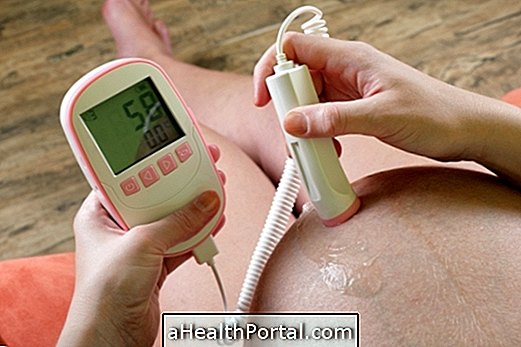
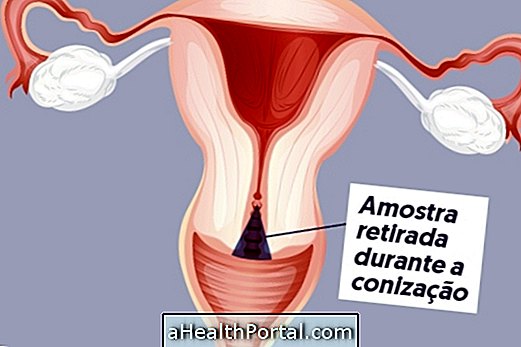
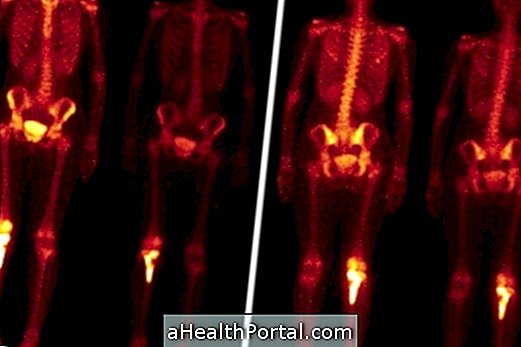





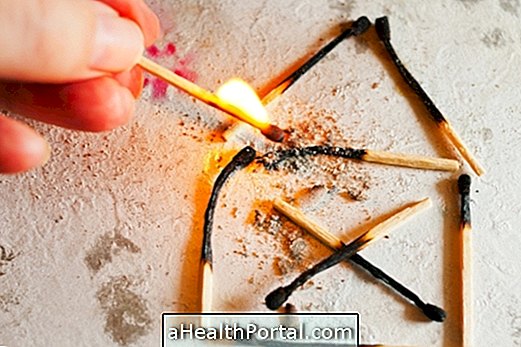
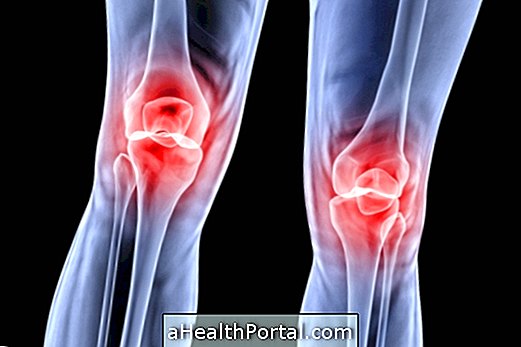

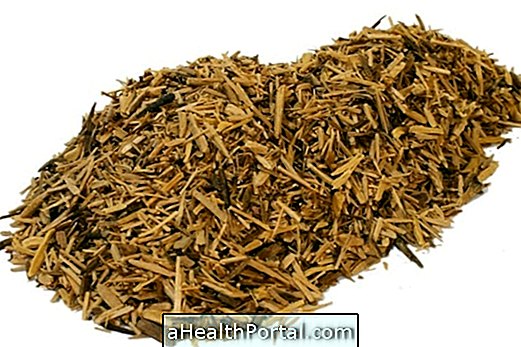





.jpg)
